How to Write a Case Study With 9 Impressive Case Study Examples

In today's digital age, storytelling is not just an art; it's a powerful tool for businesses to illustrate their success stories and connect with their audience on a deeper level. Learning how to make a website can be an integral part of this storytelling process, allowing businesses to effectively showcase their case studies online. These case studies stand out as a prime example of storytelling's power, offering a unique blend of narrative drive and factual evidence that can significantly boost a brand's credibility and showcase its value. But what exactly is a case study, and why has it become a cornerstone in the repertoire of marketing strategies for everything from online stores to AI-driven website creators?
A case study is an in-depth examination of a particular project, service, or individual over a period, highlighting success stories, challenges faced, and the strategies used to overcome them. It serves as a testament to a company's capabilities, providing tangible evidence of its competence and professionalism. This blog aims to guide you through the intricacies of crafting compelling case studies. Whether you're looking to enhance your online store, establish a formidable personal brand, or simply share success stories of websites built with the latest AI website maker, this guide is your go-to resource for everything case study related, including insights on how to make a website that complements your storytelling efforts.
Understanding Case Studies
At its core, a case study is a detailed account of a company's challenge, solution, and outcome, showcasing real-world applications of products or services. The primary objective is to demonstrate how specific problems can be solved, highlighting the company's methods and the effectiveness of its solutions. Case studies go beyond simple testimonials by providing context, analysis, and insights into the strategic thinking behind successful ventures.
Types of Case Studies
Case studies can vary widely, from business-to-business (B2B) and business-to-consumer (B2C) to more specific scenarios like the development of an online store or the launch of a website using an AI website maker. Some focus on the process (how a challenge was met), while others emphasize the results (the impact of a solution). Understanding the different types of case studies is crucial in selecting the most appropriate format for your narrative, ensuring it resonates with your intended audience.
The Value of Case Studies
Case studies are not just for corporations; they are a goldmine for individuals looking to establish themselves as thought leaders or experts in their field. By documenting and sharing your unique experiences and successes, especially in realms like developing an online presence through an online store or leveraging an AI website maker, you can significantly bolster your personal brand. This not only attracts like-minded clients and partners but also sets you apart in a crowded digital landscape.
For businesses, particularly in the digital domain—be it an online store, a domain buyer, or a user of hosting services—case studies act as a portfolio of successes. They provide proof of your ability to deliver results, illustrating how your solutions can be applied to solve real-world problems. This can be especially compelling for potential clients considering services like buying a domain or hosting, as they can see firsthand the benefits and outcomes of partnering with you.
Factors to Consider Before Writing a Case Study
Identifying the Right Subject
The first step in writing a compelling case study is selecting the right subject. This should be a project or campaign that not only showcases your strengths but also resonates with your target audience. For instance, if your audience is primarily interested in e-commerce, a case study on the successful launch of an online store, from buying a domain to selecting the right hosting service, would be particularly relevant.
Setting Up for Success
Before diving into writing, it's essential to gather all necessary information and permissions. This includes compiling data on the project's goals, challenges, solutions implemented, and results achieved. If your case study involves a client, getting their consent and cooperation is crucial to ensure accuracy and authenticity in your narrative.
Structuring Your Case Study
A well-structured case study is crucial for conveying your story effectively. Here’s how you can structure your case study to ensure it is engaging and informative:
- Introduction: Begin with a brief overview of the client or project, including the challenges faced. This section sets the stage for your narrative, drawing readers in with a compelling hook that highlights the case study's relevance and stakes.
- Background Information: Provide context for the situation. Detail the specific circumstances that led to the challenges. This could include information on the client’s industry, their objectives, and why they sought your product or service—be it an innovative AI website maker, a strategic domain purchase, or comprehensive hosting services.
- Presentation of Findings: This is where you delve into the heart of the case study. Describe the solutions implemented to address the challenges. Focus on the process, highlighting any unique strategies or tools used, such as leveraging an AI website maker to create a website. Use data and visuals to support your narrative and demonstrate the effectiveness of your approach.
- Conclusion: Summarize the outcomes of your intervention. Emphasize the tangible benefits your client experienced, such as increased sales for an online store, enhanced brand visibility from effective personal branding, or improved customer engagement through optimized hosting solutions.
- Call to Action: End your case study with a clear call to action. Encourage readers to contact you for their own needs, whether it’s to buy a domain, seek hosting services, or employ your expertise in creating compelling online experiences.
Writing Tips for Compelling Case Studies
Crafting a case study that captures attention and educates requires more than just a structured outline. Here are some writing tips to help you create engaging content:
- Tell a Story: People are drawn to stories. Frame your case study as a narrative, complete with a protagonist (the client), a challenge, a journey, and a resolution. This approach makes the content relatable and memorable.
- Use Concrete Examples: Support your claims with concrete examples and data. If you're showcasing an online store’s growth, include sales figures before and after your intervention. Visual aids, like charts and screenshots, can also enhance your narrative’s impact.
- Maintain a Clear Focus: While it’s tempting to include all the details of your project, maintain a clear focus on the most critical aspects that demonstrate your value proposition. Extraneous information can distract from the core message.
- Incorporate Quotes: Use direct quotes from clients or team members involved in the case study. This adds authenticity and gives your audience insight into the experiences of those who worked closely with your services or products.
Promoting Your Case Study
Once your case study is written, it’s time to share it with the world. Promotion is key to ensuring your work reaches your target audience and achieves its goals:
- Leverage Your Website: Publish the case study on your website, ideally in a section dedicated to success stories or client testimonials. This not only enriches your site's content but also boosts its SEO for relevant keywords.
- Email Marketing: Include a summary or highlight of your case study in your email newsletters. This can pique interest among your subscribers, driving traffic to your website and potentially converting readers into clients.
- Social Media: Share your case study on social media platforms, using engaging visuals or snippets to capture attention. Tailor your message to each platform for maximum impact.
- SEO Strategies: Optimize your case study for search engines by including relevant keywords throughout the text, in the title, and in meta descriptions. Focus on terms your target audience is likely to search for, such as website builders, buy domain, or effective personal branding.
- Networking: Present your case study at industry events, webinars, or in online forums related to your field. This not only showcases your expertise but also expands your professional network.
Promoting your case study through these channels enhances its visibility, engages your audience, and underscores your expertise. By effectively sharing your success stories, you can attract new clients, build your brand, and establish yourself as a leader in your field.
Case Study Examples and Templates
To truly understand the power of a well-crafted case study, it's helpful to examine real-world examples. These examples serve as inspiration and offer practical insights into how to structure and write your own case studies effectively.
Real-World Case Study Examples
- Breadcrumbs
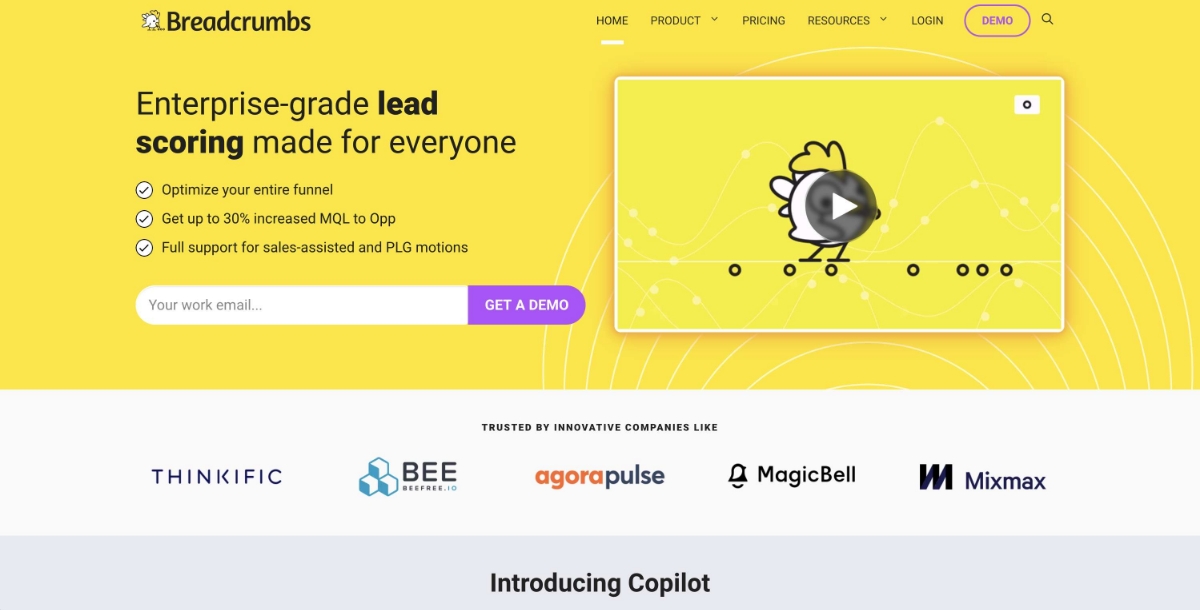
Challenge: Breadcrumbs, a customer data platform, faced the challenge of standing out in a crowded market and demonstrating the unique value of its data consolidation and analytics capabilities.
Solution: They launched a targeted marketing campaign that focused on case studies showcasing how their platform provided actionable insights leading to increased revenue for clients. They also emphasized the ease of integration with existing tools.
Result: As a result of the campaign, Breadcrumbs saw a 40% increase in client acquisition over six months, with a significant improvement in client retention rates due to the tangible benefits demonstrated through the case studies.
- AdEspresso
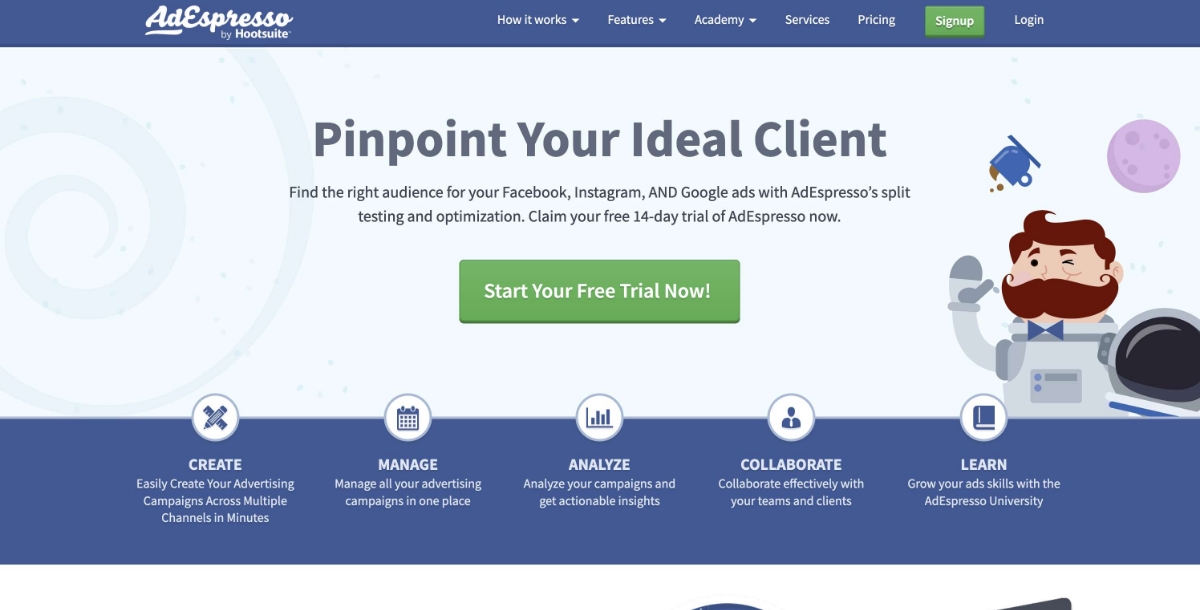
Challenge: AdEspresso, known for simplifying Facebook ad campaigns, struggled to expand its user base beyond small businesses to mid-sized and large enterprises.
Solution: The company developed advanced features tailored to the needs of larger businesses and launched an educational content series that highlighted the complexity of scaling ad campaigns and how AdEspresso addresses these challenges.
Result: This strategic pivot led to a 25% increase in enterprise-level clients within a year, enhancing the company's market share and revenue.
- Freshbooks

Challenge: Freshbooks, an accounting software for small businesses, wanted to increase market penetration in non-English speaking countries.
Solution: They localized their software and support services, providing versions in multiple languages and creating content that catered to the specific business practices and regulations of those countries.
Result: This approach led to a 50% growth in international users, with particularly strong adoption rates in markets that were previously underrepresented.
- Disruptive Digital
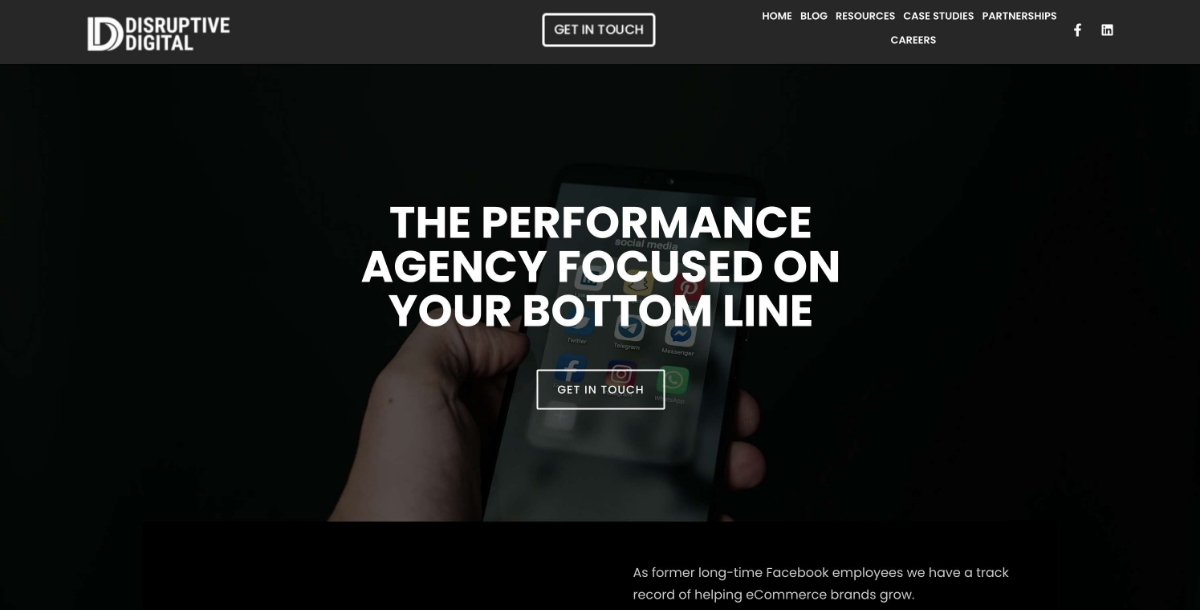
Challenge: As a digital marketing agency, Disruptive Digital needed to showcase its ability to drive growth in highly competitive niches.
Solution: They initiated a series of high-profile case studies where they took on clients in highly saturated markets and used innovative digital marketing strategies to achieve growth.
Result: These case studies not only demonstrated their expertise, leading to a 70% increase in inquiries from potential clients but also established them as thought leaders in digital marketing innovation.
- CoSchedule
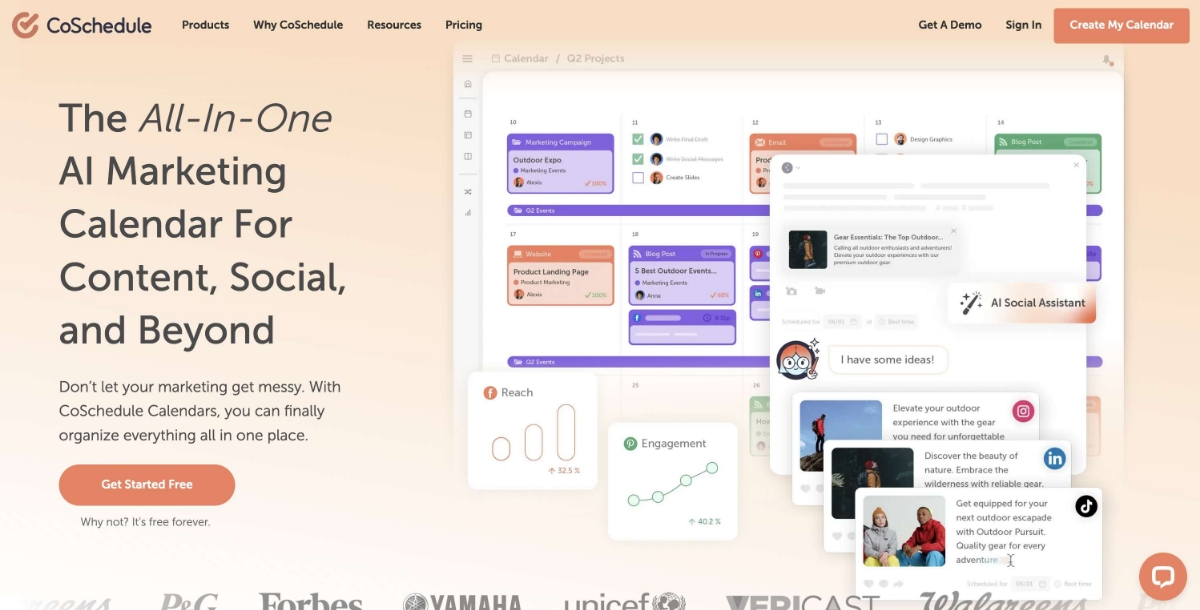
Challenge: CoSchedule, a marketing calendar tool, faced the challenge of proving its value in streamlining content production and social media management to larger organizations.
Solution: They implemented a comprehensive analytics feature that clearly demonstrated the time and resources saved by organizations using their tool, supported by detailed case studies from existing customers.
Result: This evidence-based approach resulted in a 35% uptick in adoption by large organizations within the first year of implementation.
- ONESOURCE
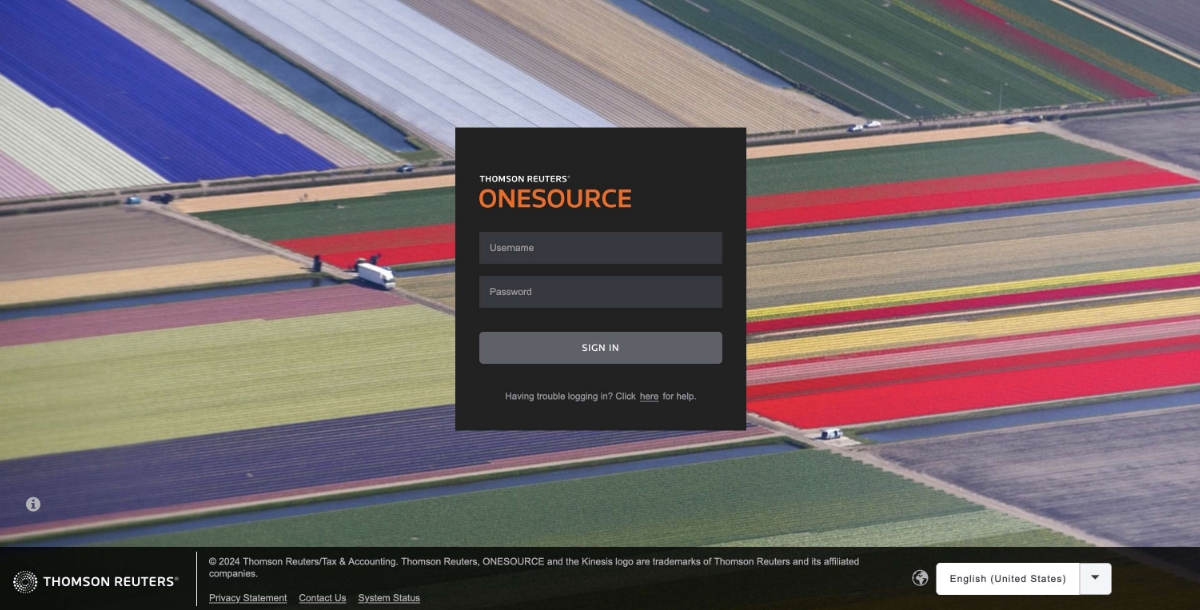
Challenge: ONESOURCE, a provider of tax and accounting software, struggled to communicate the comprehensive nature of its solutions to potential clients overwhelmed by regulatory complexities.
Solution: They developed an interactive digital platform that allowed potential clients to navigate through case studies specific to their industry and regulatory needs, showcasing ONESOURCE's capabilities in a personalized manner.
Result: This strategy improved customer understanding and engagement, leading to a 30% increase in new client contracts.
- Slack
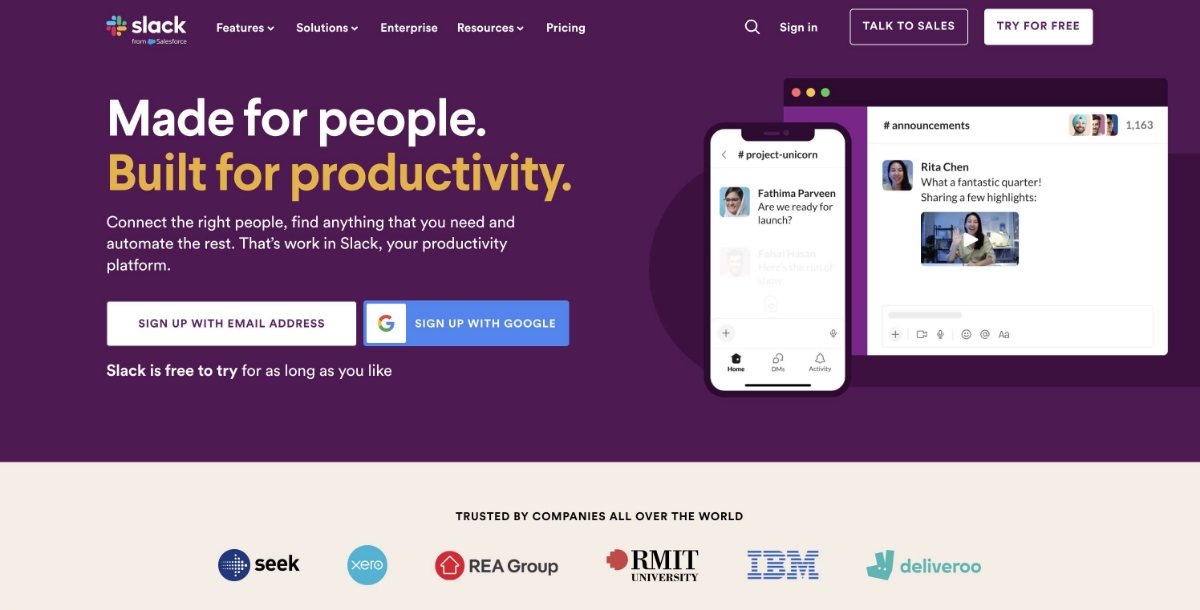
Challenge: Slack, while popular for internal team communication, sought to expand its use cases to external collaboration among businesses, partners, and clients.
Solution: Slack created a series of collaborative spaces called "Shared Channels" and promoted this feature through case studies of successful cross-company projects facilitated by Slack.
Result: The initiative significantly increased the platform's use for external collaboration, growing the user base by 20% in this segment.
- Culture Amp
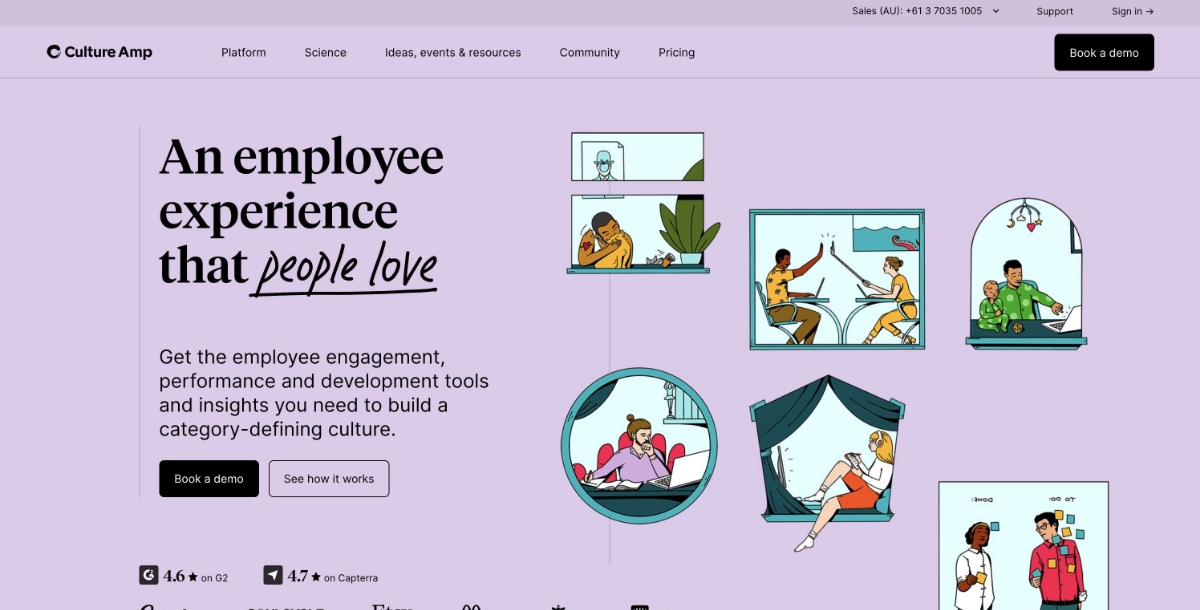
Challenge: Culture Amp, an employee feedback and analytics platform, aimed to demonstrate the impact of its tools on improving company culture and employee engagement.
Solution: They launched a "Culture First" campaign, featuring in-depth case studies of companies that achieved measurable improvements in employee satisfaction and retention after implementing Culture Amp’s recommendations.
Result: This campaign led to a 40% increase in inquiries from businesses looking to enhance their work culture, solidifying Culture Amp's position as a leader in the space.
- KlientBoost
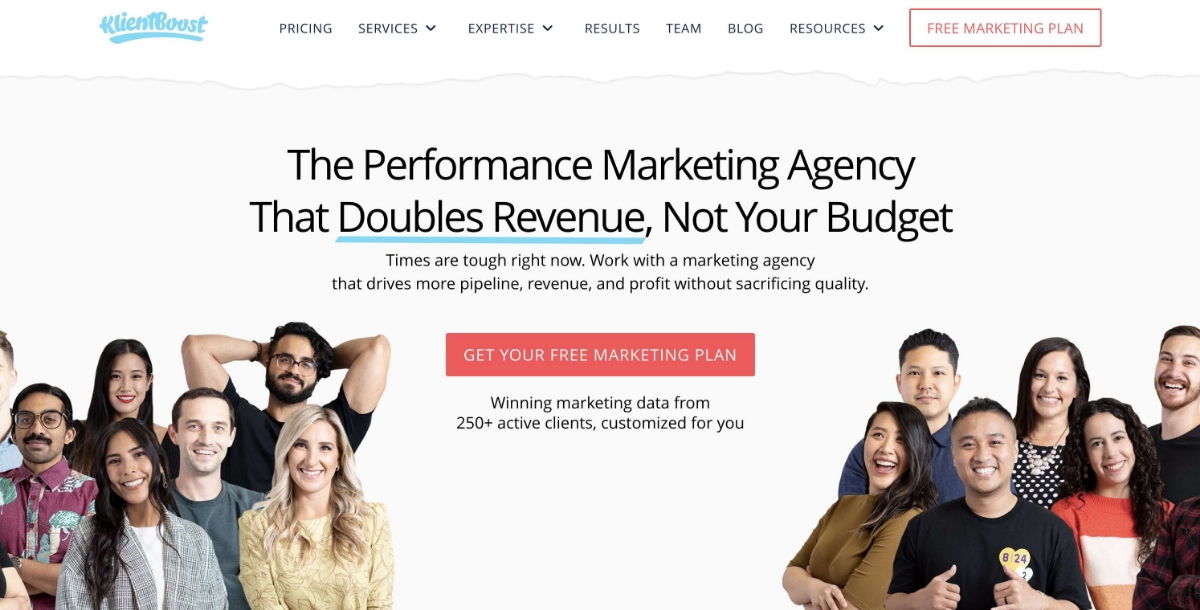
Challenge: KlientBoost, a PPC and conversion optimization agency, needed to prove its ability to significantly improve conversion rates and ROI for its clients.
Solution: They adopted a transparent approach, sharing detailed before-and-after case studies of client campaigns that highlighted their strategic tweaks and optimizations.
Result: This transparency and the impressive results shared led to a 50% increase in client sign-ups, with many citing detailed case studies as a key decision factor.
Case Study Template
A well-designed template can streamline the process of writing a case study. Here’s a basic structure you can adapt:
- Introduction: Briefly introduce the client and the challenge they faced.
- Background Information: Offer context about the client and why the challenge was significant.
- Solution Implemented: Detail the strategies and tools used to address the challenge, including any services like hosting or domain purchasing.
- Results Achieved: Present the outcomes, supported by data and visuals.
- Conclusion: Summarize the key takeaways and the value delivered.
- Call to Action: Encourage readers to engage with your services or learn more.
Templates can be adjusted to fit different formats, whether it’s a blog post, a video script, or a presentation. Providing downloadable templates alongside your case studies can also be a valuable resource for your audience.
Tools and Resources
Creating compelling case studies requires more than just storytelling skills; it also depends on the right set of tools and resources. Here are some essential tools that can help you craft, design, and share your case studies:
- Content Management Systems (CMS): Platforms like WordPress or Squarespace offer intuitive ways to publish and manage your case studies on your website.
- Graphic Design Software: Tools like Canva or Adobe Creative Cloud can help create engaging visuals and layouts for your case study.
- Data Analysis Tools: Software like Google Analytics or Tableau can provide the data insights needed to support your case study’s narrative.
- SEO Tools: SEMrush, Ahrefs, and Moz offer valuable insights into keywords and performance, helping optimize your case study for search engines.
- Social Media Schedulers: Buffer or Hootsuite can assist in planning and executing your social media promotion strategy effectively.
Conclusion
Case studies are a vital tool in the arsenal of any business looking to demonstrate its value, effectiveness, and the tangible results it can deliver. From showcasing the journey of an online store's growth to detailing the transformation enabled by an AI website maker, a well-crafted case study can significantly bolster your brand's credibility and attract new clients.
Remember, the key to a successful case study lies in telling a compelling story that resonates with your target audience. It's about showcasing real-world applications of your products or services and providing clear, quantifiable outcomes. By following the guidelines and structure outlined in this guide, and utilizing the right tools and resources, you can create powerful case studies that not only highlight your successes but also inspire and inform your audience.
In closing, whether you're promoting an online store, offering personal branding advice, or selling domains and hosting services, case studies can serve as a powerful testament to your expertise and the value you bring to your clients. So, leverage this guide, use the templates provided, and start crafting case studies that will elevate your brand to new heights.
Related Articles
- The Challenges of AI-Driven Data Analytics
- What is social selling and how it works? A step-by-step guide
- Shopify vs. Squarespace: An In-Depth Comparison for Your Ecommerce Success
- 35 Questions to Ask When Designing a Logo for a Client
- A Complete Product Label Development Guide: Types, Design, and Ways to Create
- 12 Best AI Chatbots for Education in 2024
- 12 Most Effective Change Management Models
- Top 8 AI Logo Generator Tools in 2023: Ranked as the Best
- Everything You Need to Know About Google Chat: A Comprehensive Guide
- How Much Does it Cost to Make an App?
